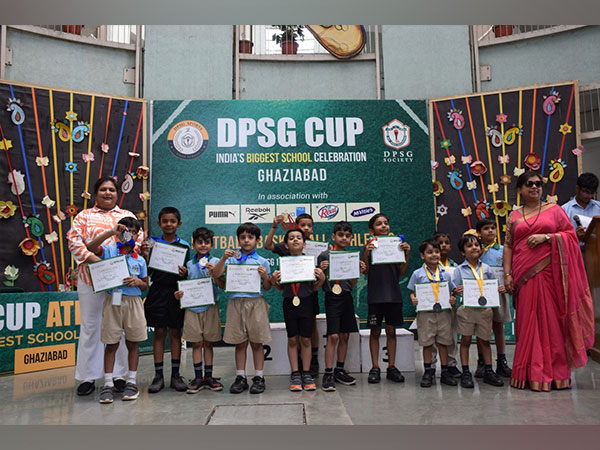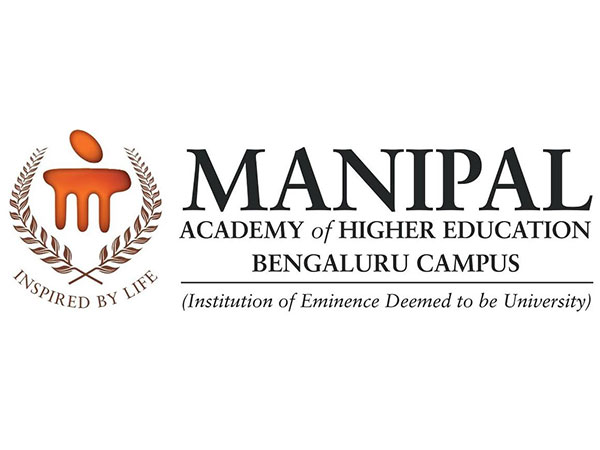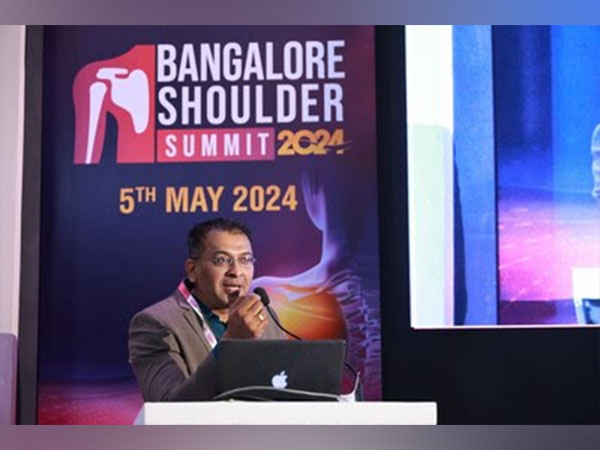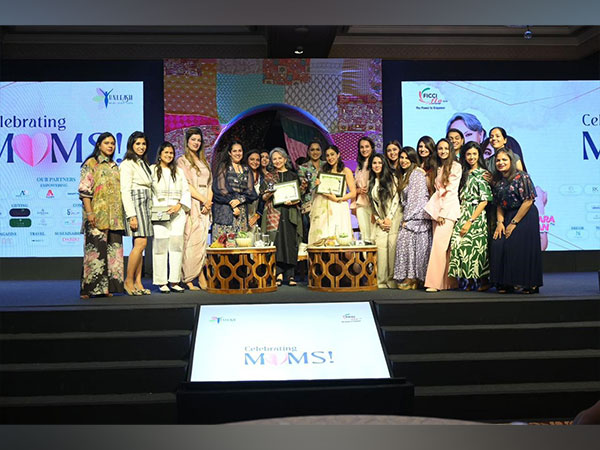Sanjhi Sabha - A Festival of Participation in Government Schools of Haryana for student welfare
Aug 18, 2023
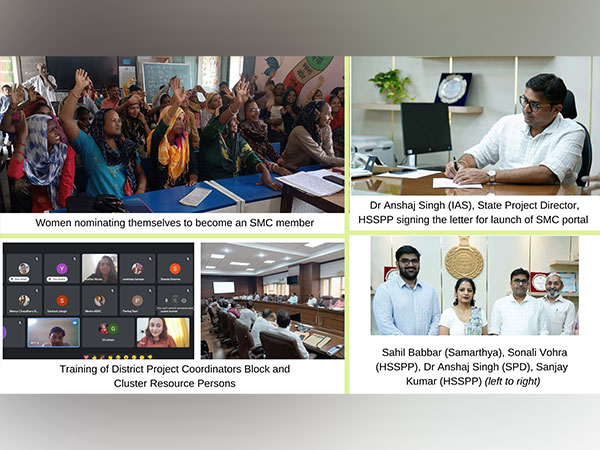
GLOBAL PR CONNECT (GPRC)
New Delhi [India], August 18: Collective dialogue and action are pillars on which great public institutions are often built. In public education, Section 21 of the Right to Education (RTE) Act makes provision for such participation by mandating the constitution of School Management Committees (SMCs) in government schools across the country. SMC is a platform for parents, students, teachers, school leaders and local government representatives to come together and work on issues for the welfare of the school.
“The main responsibilities of an SMC include - preparing a school development plan, overseeing utilization of school grants and monitoring the academic activities in the school. Parents are involved in an SMC so that they can monitor the growth of the students. It is our hope that the actions of the Haryana government give strength to the working of schools and the overall growth of students.” - Dr Anshaj Singh (IAS), State Project Director, HSSPP
With a vision to uphold the representative, inclusive and participatory nature of SMCs, the Haryana School Shiksha Pariyojna Parishad (HSSPP), along with
, has set a lasting example with its path-breaking initiative, Sanjhi Sabha -the statewide SMC formation process held between 17th and 22nd July 2023. The SMCs were formed as per the norms in Haryana RTE, 2011 and Amendment in Haryana RTE, 2022.
"SMC formation is the first step to getting the right members in the committee who can give their time to the school. To ensure this, we put extra focus into creating awareness. In every school, we saw many parents turn up. Members were decided with consensus. We saw women also participating in huge numbers. It is a huge achievement. - Sanjay Kumar, Consultant, HSSPP
The Innovations
Some of the innovations HSSPP led this year include:
1. Mandating a quorum: The quorum required the presence of parents of at least 50% students enrolled in the school or at least 100 parents (whichever is lesser) on the day of Sanjhi Sabha. This ensured that chosen members represent the voice of the community and are chosen transparently.
2. BRPs and ABRCs were constituted as ex-officio SMC members (members in advisory roles): This gives space for resource persons to guide SMCs and share best practices among the schools they monitor.
3. Increased window for SMC formation: A typical one-day event was spread out over a week to enable schools to set timing accommodating the schedules of working parents across the state.
4. Single SMCs: If there is any other government school such as secondary or senior and they are located in the same place, then there will be only 1 SMC in them (apart from the primary school). This move will help build collaboration among middle and secondary schools.
5. Monitoring: Officials from district, block and cluster levels were mandated to appreciate, support schools and monitor Sanjhi Sabha
6. Provision For Replacement of Members: In case a member is inactive, this time an official method to replace such members anytime was introduced.
“We renamed the SMC formation as Sanjhi Sabha because it denotes a sense of collaboration. It means that different parents can sit and talk about activities in their children's school and see what is going well and what can be done better. It gives an opportunity for parents, teachers, sarpanch to sit together and talk” - Sonali Vohra, Project Coordinator, (Science) HSSPP
The Preparation
To ensure role clarity and improved stakeholder capacity, the preparation for Sanjhi Sabha included the training of District Project Coordinators (DPCs), Block Resource Persons (BRPs) and Assistant Block Resource Coordinators (ABRCs). In these sessions, the process of Sanjhi Sabha was outlined and resources for the event were shared.
Samarthya, an organization working to strengthen parental participation in government schools, supported the HSSPP with the design and implementation of Sanjhi Sabha. Among other things Samarthya helped conduct training for over 1500 officials. These 1500 officials went on to train a whopping 14000+ SMC teachers, thus creating a ripple effect of change at all levels of governance.
“One person cannot reach all schools- we have district, block officials and ABRCs who stay with the SMC for every training and meeting. We have tried to reach everyone with our training efforts- from top to bottom of the system. We conducted training for BRPs and ABRCs for a week.” - Sonali Vohra, Project Coordinator, (Science) HSSPP
SMC Portal
The HSSPP’s vision is not only limited to an effective SMC constitution process but also an effective functioning SMC. The department has launched a new SMC portal, which will capture data on school-level SMC trainings and meetings.
Schools will have to upload details of members of the SMC, the date, agenda and minutes of SMC meetings and the topics covered in school-level training. This portal will give district and block-level officials an overview of SMCs in their jurisdiction and serve as a useful monitoring tool. After launching the SMC portal, Haryana has become the first state in India to have launched SMC portal to stay connected with SMCs.
“If an SMC member in a village wants to talk about student attendance, or if teachers are not taking classes properly, the portal gives a direct connection among schools, SMC and officials.”- Sonali Vohra, Project Coordinator, (Science), HSSPP
Bringing schools and communities closer can be an uphill task, one which requires insight and initiative. The HSSPP has taken great strides towards bringing schools and communities closer through Sanjhi Sabha.
(Disclaimer: The above press release has been provided by GLOBAL PR CONNECT (GPRC). ANI will not be responsible in any way for the content of the same)

